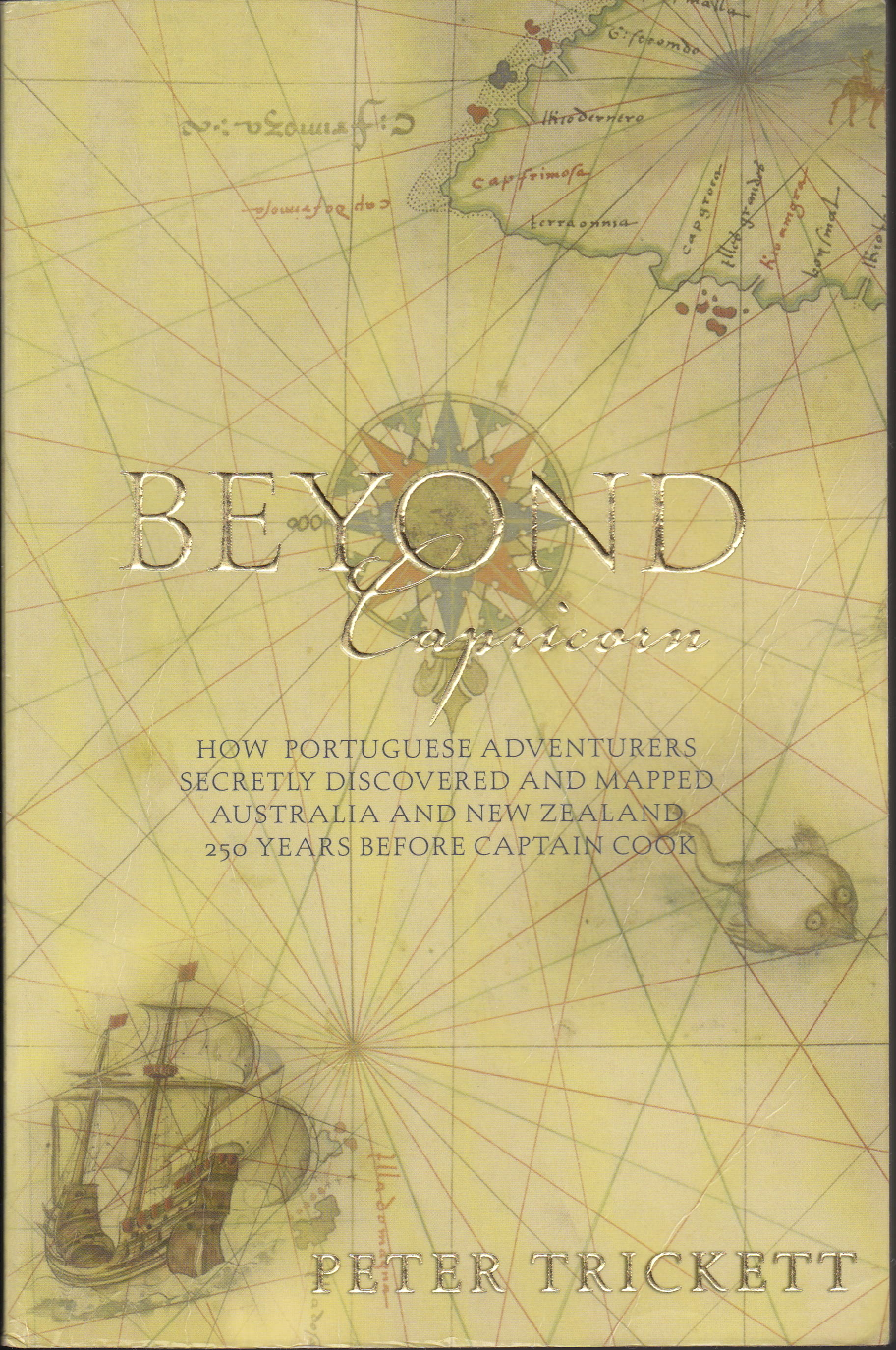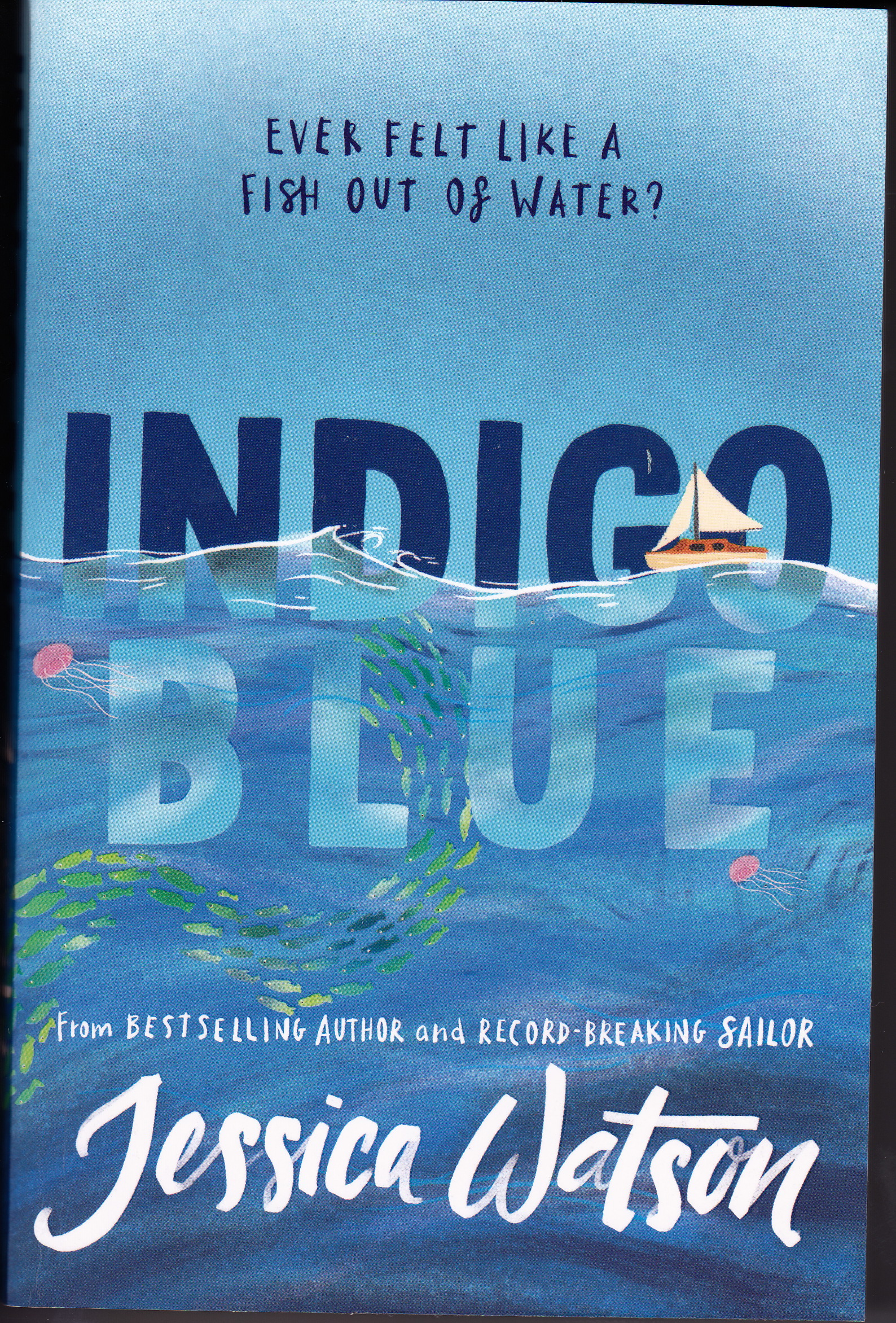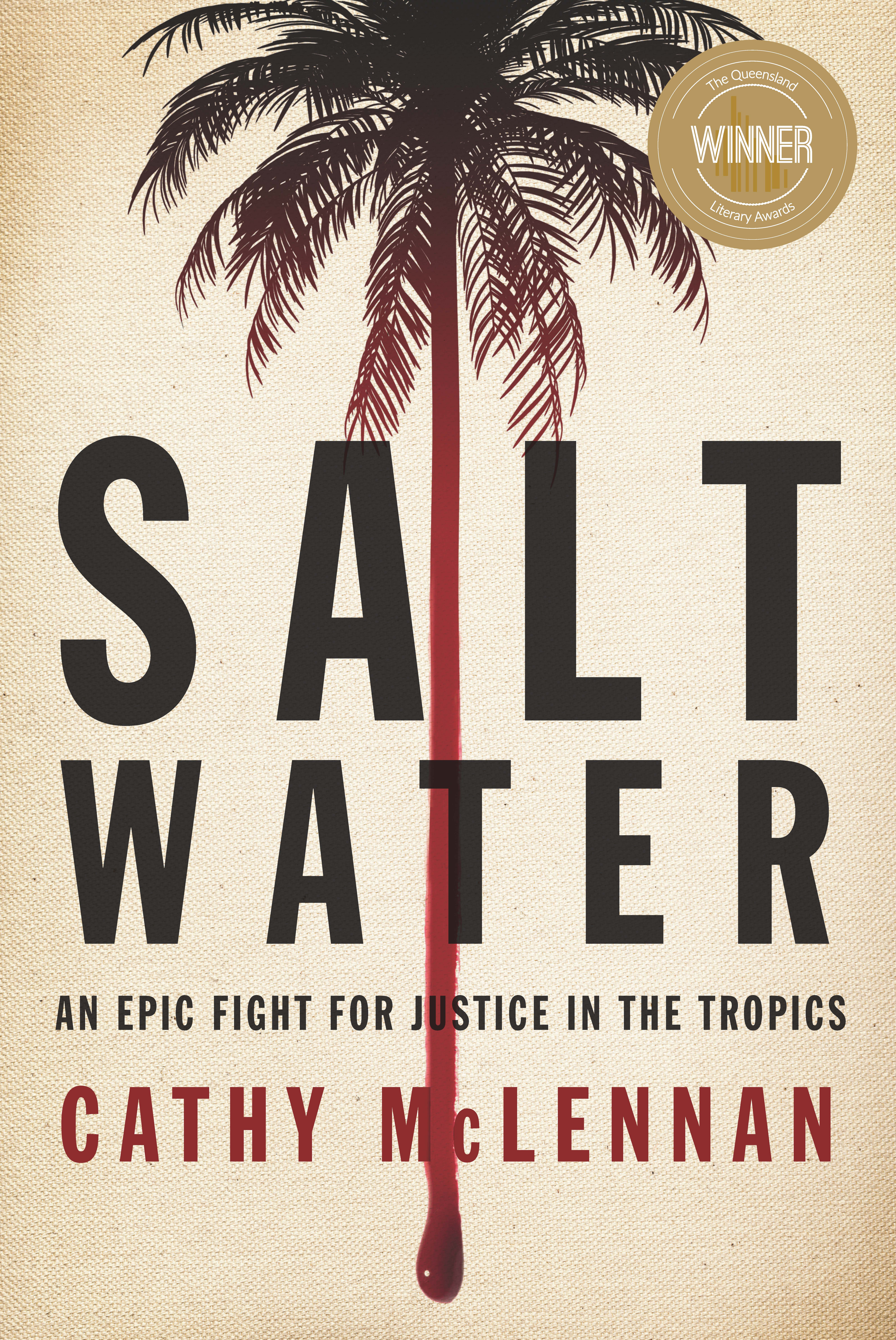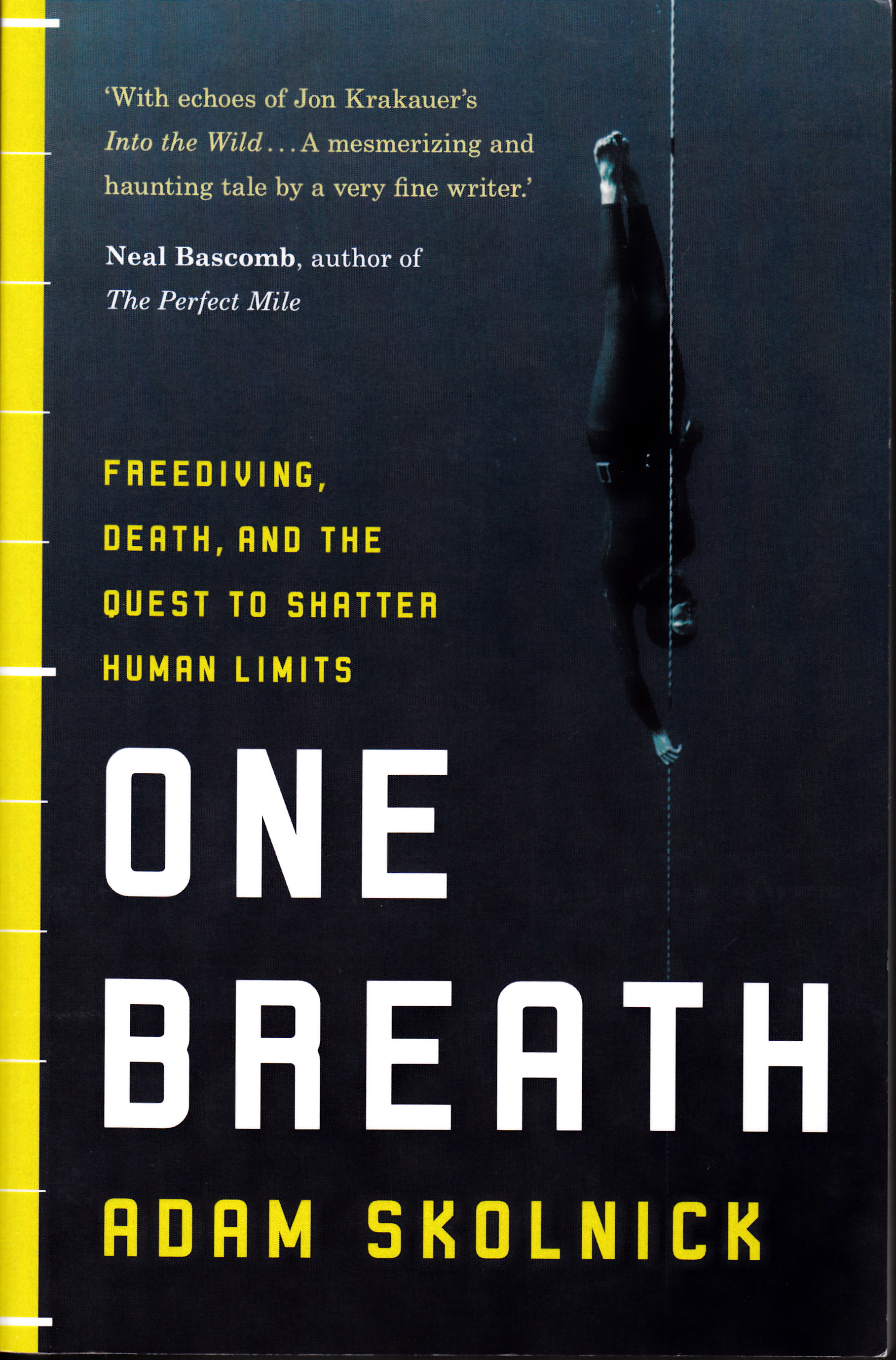Skewed map holds the
key to early exploration
Peter Trickett’s intriguing Beyond Capricorn is going to make great television, laden as it is with ships, adventure, stolen maps, secret missions and plenty of mystery. Parts of his book already read like script.Trickett, a journalist who has, according to his book’s blurb, specialised in science, historical and investigative reporting, and worked as an editor at the Australian National University and in the Department of Foreign Affairs and Trade, has used several sources, including the Vallard Atlas, held in the Huntington Library in California, as the basis of his proposition that the Portuguese extensively explored and mapped Australia in the 16th Century.
He is not the first to claim this, of course. As Trickett himself observes, as early as 150 years ago an English antiquarian Sir Thomas Phillipps bought the Vallard Atlas and published a copy of the eastern Terra Java map with the title The First Map of Australia. Others have claimed the same since.
But Trickett has employed a smart supposition – that the 17th century Dieppe map-makers, in joining various portolans (vellum charts), erred in attaching one at right angles to the way it should have been placed. Thus the bizarre eastward sweep of the coast in the map that Trickett says depicts the east coast of Australia. Once this part of the map has been turned the other way, a reasonably good representation of the east coast of Australia emerges.
Trickett has supported his contention by painstakingly matching the Portuguese names or the later French names that were placed on maps that came out of Dieppe to physical terrain, pointing out how they frequently describe characteristics of places along the Australian coasts, east and west, that he believes these depictions of Terra Java to be. He uses the accounts of 16th century Portuguese chroniclers Joao de Barros and Manuel de Faria e Sousa to discuss the voyages of Diogo Pacheco and Cristovao de Mendonca. Aboriginal oral history, the Carronade Island guns, the sinker found at Fraser Island and cannon balls and helmets retrieved from Wellington Harbour in New Zealand are put to work for Trickett’s theory. It seems logical that the Portuguese, who were well established traders in the waters just to the north of Australia in the 16th century, would have explored the coasts of the southern land that they believed to be a valuable source of gold. That they mapped this area has had less certain currency.
Trickett is indignant on behalf of his conviction that they did map, extensively, Australia and part of New Zealand. Academics have ignored proof, he says, and libraries and museums have ignored the evidence of their own collections. He labours the point – in his introduction he says that “crucial discoveries supported by rigorous scientific research” which confirm Portuguese exploration of the Australian coast have been “either ignored or denigrated by the vast majority of Australian historians and maritime archaeologists. What it amounts to is a culture of denial.” In this he is not altogether correct. The Australian Institute of Marine Science, for example, says on it’s website, “It is now widely believed that the east coast of Australia was first sighted by a Portuguese expedition, probably led by Cristovao de Mendonca, in about 1522.” There have been frequent proposals concerning the Mahogany Ship that appeared and then disappeared, apparently under shifting sand, near Warrnambool and whether this might have been from Mendonca’s voyage.
In being so critical of academia and institutions Trickett offers himself as a fearless presenter of a truth long hidden but in doing so he sets himself up to be judged in turn. Historians require documents or testimony or archaeological proof and where there are gaps it would be a brave, or foolish, academic who would reach conclusions based simply on probability. Trickett sidesteps this neatly, says that he has written a book for a general audience, which leaves him free to postulate and suppose. He can’t be let off that lightly. Sometimes it seems that Trickett is manipulating information to make it mean what he wants it to. He has a lot of interesting material but he is not above selectively harvesting research to support his theories, even when the conclusions of that research do not support him. So, for example, he cites Dr Sue O’Connor’s study of the artefacts and circular structures of High Cliffy Island in 1985 and her comments about the Jaudibaia, discusses the "coincidence" (his quotes) of Pierre Desceliers' map from 1550 which depicts beehive shaped huts, adds to this Dr Carl von Brandenstein's theory that the Jaudibaia may have had African roots and goes on to conclude that the High Cliffy Islanders of the early 20th century might have been descended from people left there by a 16th century Portuguese boat. Trickett conveniently ignores that O’Connor’s published work on the structures would seem to indicate she believes these to be Aboriginal, and to date from an earlier period.
Even the most willing reader would be tested by Trickett’s ponderous route from Bittangabee, through Pettungerbe via a generalised linguistic anomaly, past lost languages, to Portingal and thence Portugal, to reinforce a claim that Portuguese passed there.
History, incomplete, is always subject to claim and counter claim. If we could find the Mahogany Ship again and apply to it the testing that is now available, or if oceanographer Daniel Fitzhenry does get his survey ship to trawl the waters off Gabo Island where intriguing jars were found, the physical evidence that would satisfy more sceptical academics might be found.
A humbler tone, the voice of inquiry that must have led Trickett through his research, would better have served the fascinating array of information and evidence he has accumulated than the peevish indignation he directs at the shortsightedness of others.
Of course, there is much more to research. Who came before the Portuguese?
This review first appeared in The Australian in 2007. ©Jennifer Moran 2007

… there is nothing - absolutely nothing - half so much worth doing as simply messing about in boats.
- Ratty to Mole in The Wind in the Willows by Kenneth Grahame




